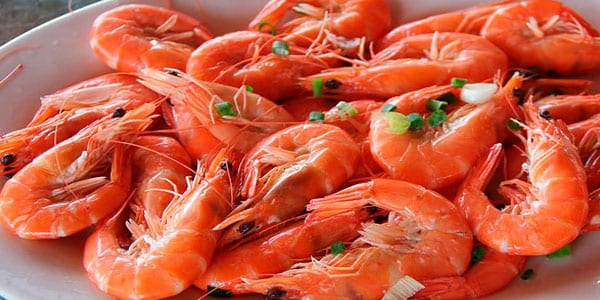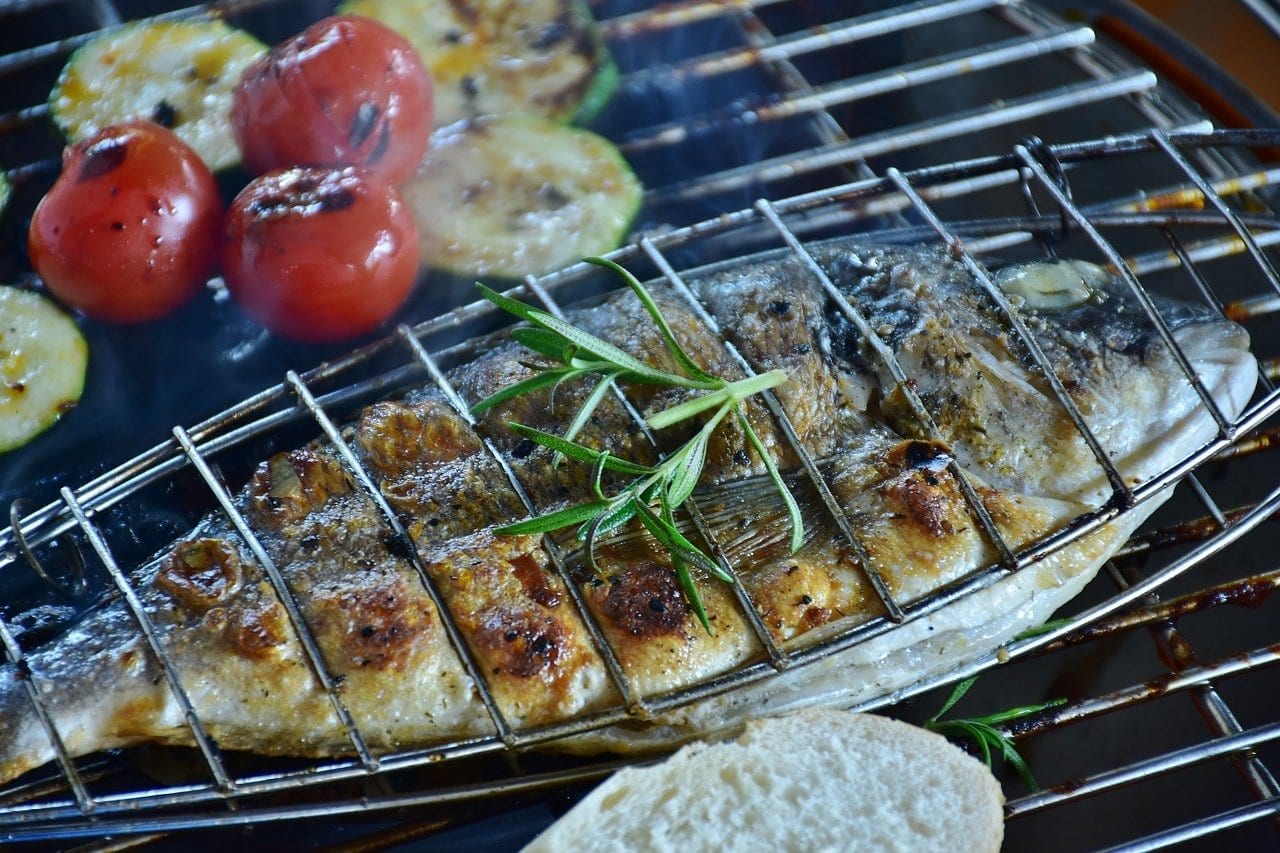
For many, one of the gastronomic pleasures is sucking on the heads of prawns, shrimp, prawns or other crustaceans. But the presence of micro-plastics in seas and oceans has set us off alarms. These marine animals ingest these materials. This is demonstrated by the study presented in the International Congress of Gastroenterology recently held in Vienna.
The aforementioned study shows that 20 micro-plastics were found for every 10 grams of fecal sample. Among them there are nine different types of plastics such as propylene, PVC or PET.
In another study last June, the OCU (Organization of Consumers and Users) carried out 102 analyzes of foods of marine origin. It was warned that micro-plastics had been found in 66% of the samples of crustaceans such as prawns and in 71% of molluscs.
More tiny plastics in prawns
Micro-plastics were also found in sea salt in 66% of the samples. In previous studies, swordfish, Atlantic bluefin tuna and central Mediterranean albacore were found to contain plastic particles 12% of the time.
In the case of crustaceans (prawns, prawns and lobsters) there are differences. It depends on whether the analysis is carried out only on the tail of the animal or if it covers everything. The digestive system of a crustacean is in the head. Therefore, this is where the greatest amount of micro-plastics accumulates that we can ingest by eating our heads.
How it affects our health
To date, there is no study that can say at what level the risk of ingesting micro-plastics is, the types and how the size of the particles affects. The older ones can stay in our digestive system and be defecated, in part or in full. The smallest could pass into the bloodstream, being of greater risk to our health.
All this highlights the need to reduce the use of plastics. That way they don't end up in the prawns we eat. This explains the prohibition or limitation of the use of plastics in more and more countries. Likewise, it offers greater awareness to the population.
As an example, more than 10.000 billion single-use straws are used daily in the world. Thus, so many millions of disposable cutlery and plates. Necessary? Let's reflect! By eating prawns they can end up in our body!






